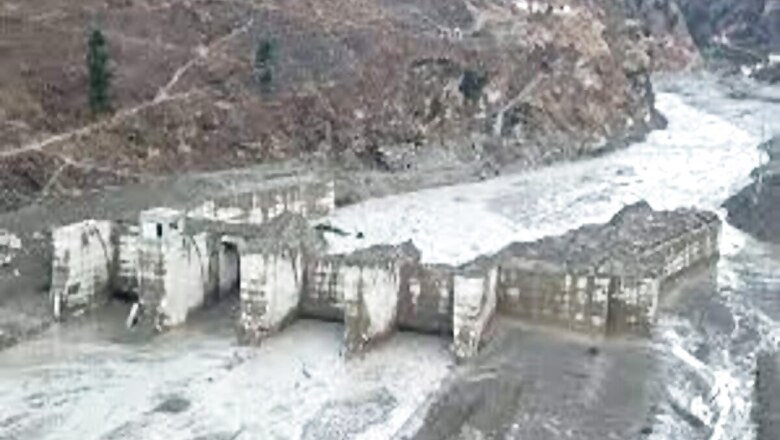
views
The World Meteorological Organisation on Tuesday said the exact cause of the flash flood in Uttarakhand’s Rishiganga Valley has not been ascertained yet but the agency suggested that the early assessment indicates a large avalanche of ice and rock leading to the event.
The avalanche in the Himalayas has not been the first of its kind. Experts say that they have identified a similar but much smaller event in 2016, Hindustan Times reported.
The India Meteorological Department (IMD) said that the higher temperatures were reported at the times of the flash floods than the last four days and the higher mean temperatures intrusions in the north of the region. The agency monitored and reported melt volumes for 96 hours.
A international group of scientists is working with Indian scientists and the National Disaster Management Authority to assess all available information sources, satellite imagery for understanding the flash floods and lessons learned.
“The visuals are frightening and heartbreaking. This is once again a grave reminder about how our shared mountain region is fragile and vulnerable to a multitude of geological and natural processes. And it is a grave reminder that vulnerabilities are exacerbated by climate change,” Pema Gyamtsho, the director-general of the Nepal-based International Centre for Integrated Mountain Development, reportedly said in a WMO statement.
The international agency said that the effects of climate change together with development of mountain regions require sustained, timely and accurate understanding of changes in mountain environment.
IMD director general said that he will analyse the data properly before making a comment.
Read all the Latest News, Breaking News and Coronavirus News here




















Comments
0 comment